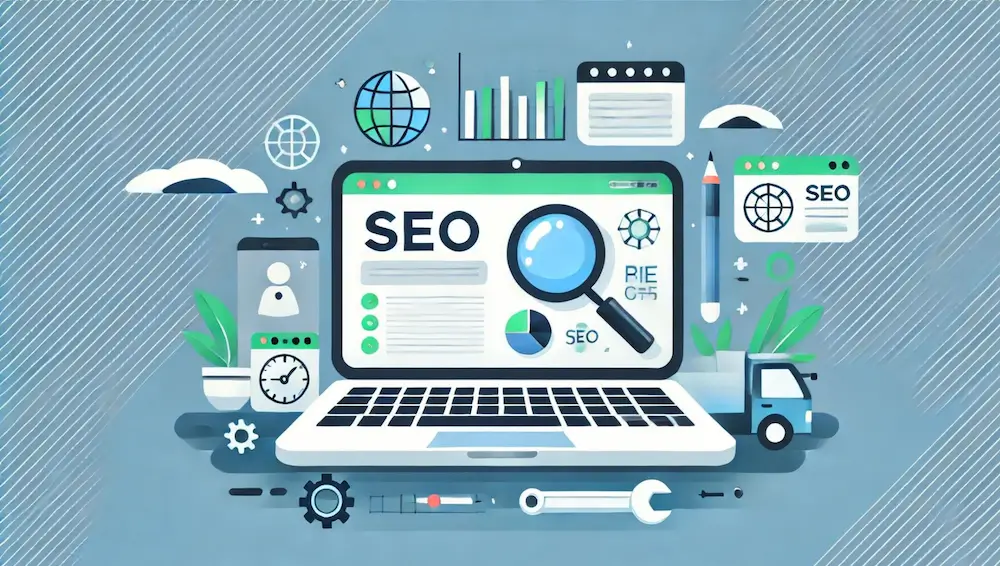Tips for Creating Eye-Catching Banners That Convert
“`html
Understanding the Importance of Eye-Catching Banners
Creating eye-catching banners is crucial for any digital marketing strategy, especially for professionals like doctors and lawyers, as well as e-commerce and marketplace businesses. Banners serve as the first point of contact with potential clients, and their design can significantly influence conversion rates. An effective banner not only grabs attention but also communicates the brand message clearly and concisely. By understanding the psychology behind visual appeal and user engagement, marketers can craft banners that not only attract clicks but also drive conversions.
Utilizing Color Psychology in Banner Design
Color plays a pivotal role in how banners are perceived. Different colors evoke different emotions and reactions, which can influence a viewer’s decision-making process. For instance, blue often conveys trust and professionalism, making it an ideal choice for medical and legal services. On the other hand, vibrant colors like red or orange can create a sense of urgency, which is beneficial for e-commerce promotions. By strategically selecting a color palette that aligns with the brand’s identity and the message of the banner, marketers can enhance the overall effectiveness of their campaigns.
Incorporating Compelling Copywriting
The text on a banner must be concise yet impactful. Effective copywriting is essential for communicating the value proposition quickly. Using action-oriented language and clear calls-to-action (CTAs) can significantly improve click-through rates. For example, phrases like “Get Your Free Consultation Today!” or “Shop Now and Save!” create a sense of urgency and encourage immediate action. Additionally, incorporating keywords relevant to the target audience can enhance SEO, making the banner more discoverable in search engines.
Choosing the Right Imagery
Imagery is a powerful tool in banner design. High-quality images that resonate with the target audience can enhance the visual appeal of a banner. For medical professionals, using images that convey care and professionalism can build trust. For e-commerce businesses, showcasing products in use can entice potential customers. It’s essential to ensure that the imagery aligns with the overall message and branding of the business. Moreover, using images that are optimized for web use can improve loading times, which is critical for user experience.
Implementing Responsive Design
With the increasing use of mobile devices, ensuring that banners are responsive is vital. A banner that looks great on a desktop may not translate well to a mobile screen. Responsive design allows banners to adapt to various screen sizes, ensuring that the message remains clear and the visuals remain appealing across devices. This adaptability not only improves user experience but also enhances the likelihood of conversions, as users are more likely to engage with content that is easy to navigate on their preferred devices.
Testing and Analyzing Banner Performance
Regular testing and analysis of banner performance are essential for optimizing conversion rates. A/B testing different designs, copy, and CTAs can provide valuable insights into what resonates best with the audience. By analyzing metrics such as click-through rates, conversion rates, and user engagement, marketers can make informed decisions about future banner campaigns. Continuous improvement based on data-driven insights ensures that banners remain effective and aligned with the evolving preferences of the target audience.
Leveraging Social Proof
Incorporating elements of social proof into banner designs can significantly enhance credibility and encourage conversions. This can include testimonials, ratings, or endorsements from satisfied clients. For instance, a banner for a legal service might feature a brief testimonial from a previous client, highlighting their positive experience. By showcasing real-life success stories, businesses can build trust and encourage potential clients to take action, knowing that others have benefited from their services.
Creating a Sense of Urgency
Urgency is a powerful motivator in marketing. Banners that create a sense of urgency can prompt immediate action from viewers. This can be achieved through limited-time offers, countdown timers, or phrases like “Only a Few Spots Left!” or “Sale Ends Soon!” By instilling a fear of missing out (FOMO), marketers can encourage users to act quickly, thereby increasing the likelihood of conversions. It’s important to balance urgency with authenticity to maintain trust with the audience.
Ensuring Clear Call-to-Action (CTA)
A clear and compelling call-to-action (CTA) is essential for guiding users on what to do next. The CTA should be prominently displayed and use action-oriented language that encourages engagement. Phrases like “Learn More,” “Sign Up Now,” or “Get Started Today” should be easily identifiable and visually distinct from the rest of the banner. A well-placed CTA can significantly increase click-through rates and conversions, making it a critical component of any effective banner design.
Maintaining Brand Consistency
Finally, maintaining brand consistency across all banners is crucial for building brand recognition and trust. This includes using consistent colors, fonts, and imagery that align with the overall brand identity. When users see a banner that reflects the brand’s established visual language, they are more likely to engage with it. Consistency not only reinforces brand identity but also enhances the overall effectiveness of marketing efforts, as users become more familiar with the brand over time.
“`


